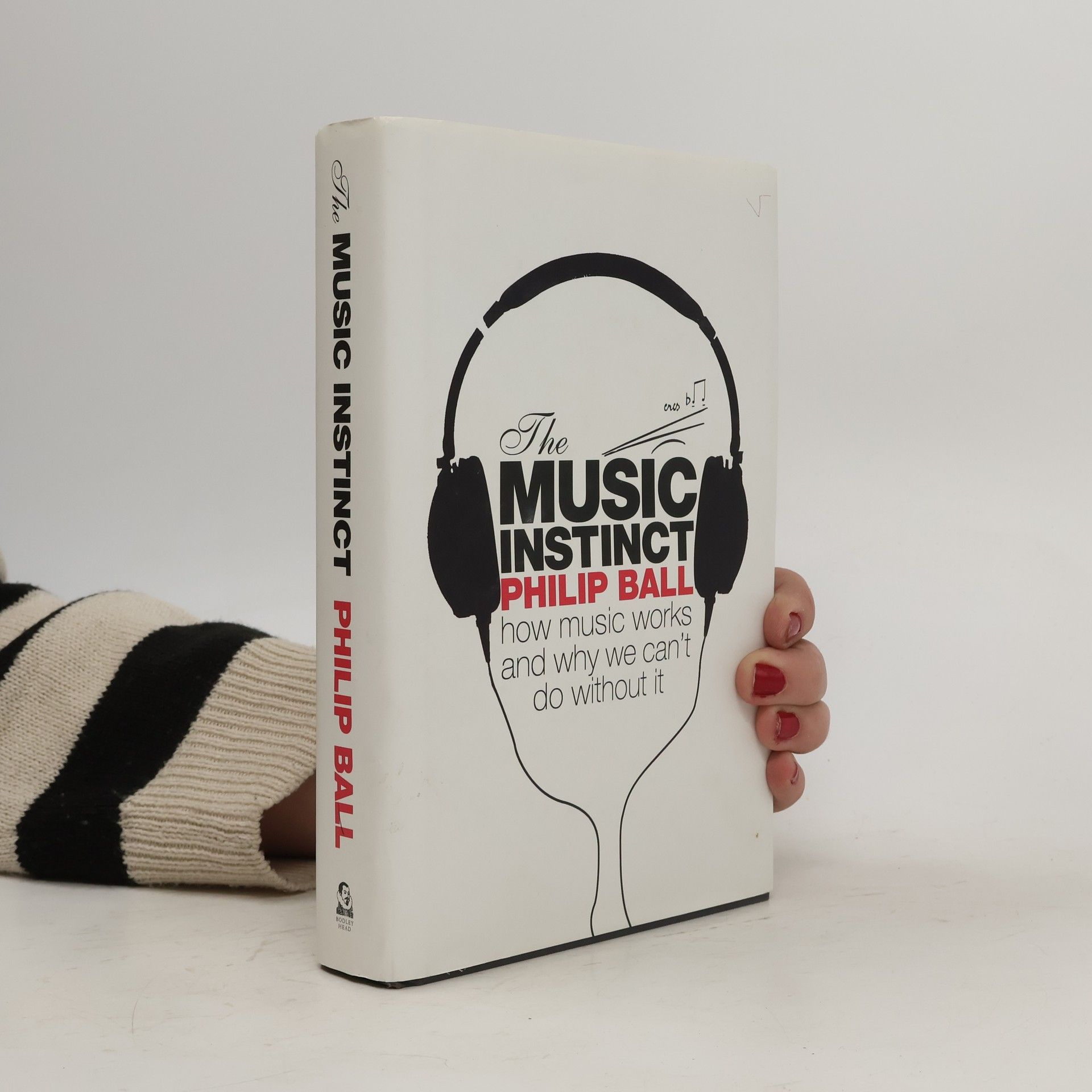Experimente
Versuch und Irrtum in der Wissenschaft
Wie groß ist die Erde? Was ist Licht und wie entsteht Wärme? Was hat es mit der Schwerkraft auf sich und wie funktioniert der genetische Code? Über diese und ähnliche Fragen haben Wissenschaftler und Wissenschaftlerinnen über die Jahrhunderte nachgedacht und dabei nicht nur nach Antworten gesucht, sondern auch nach Möglichkeiten, diese zu beweisen. In diesem reich bebilderten Buch führt uns Philip Ball anhand sechzig wegweisender Experimente quer durch die Geschichte der Naturwissenschaft. Dabei erhalten wir nicht nur spannende Einblicke in die von Irrungen und Wirrungen geprägten Wege der Forschenden, sondern auch in die technischen Fortschritte, die nötig waren, um den Geheimnissen der Natur und des Universums auf die Spur zu kommen.





